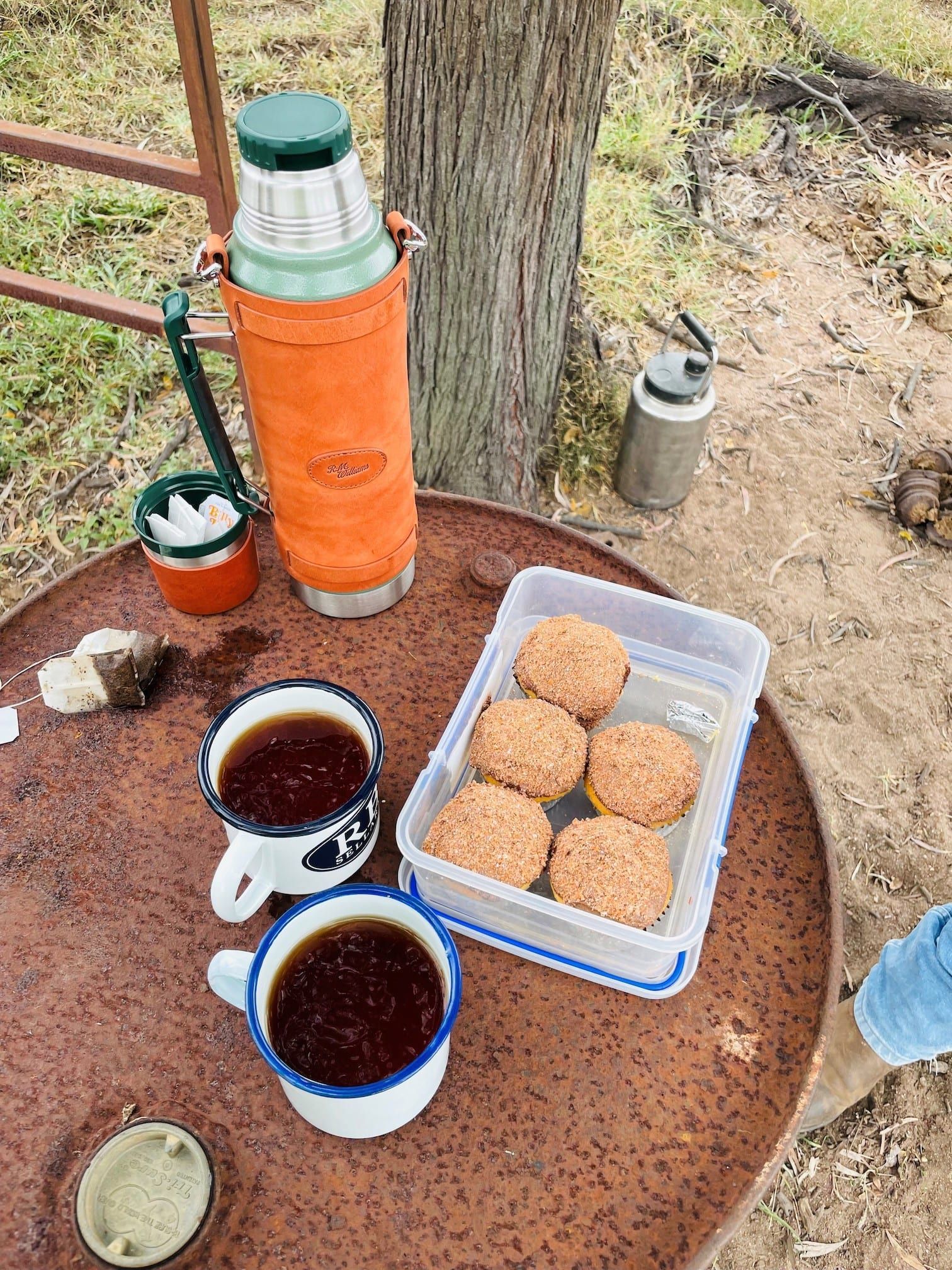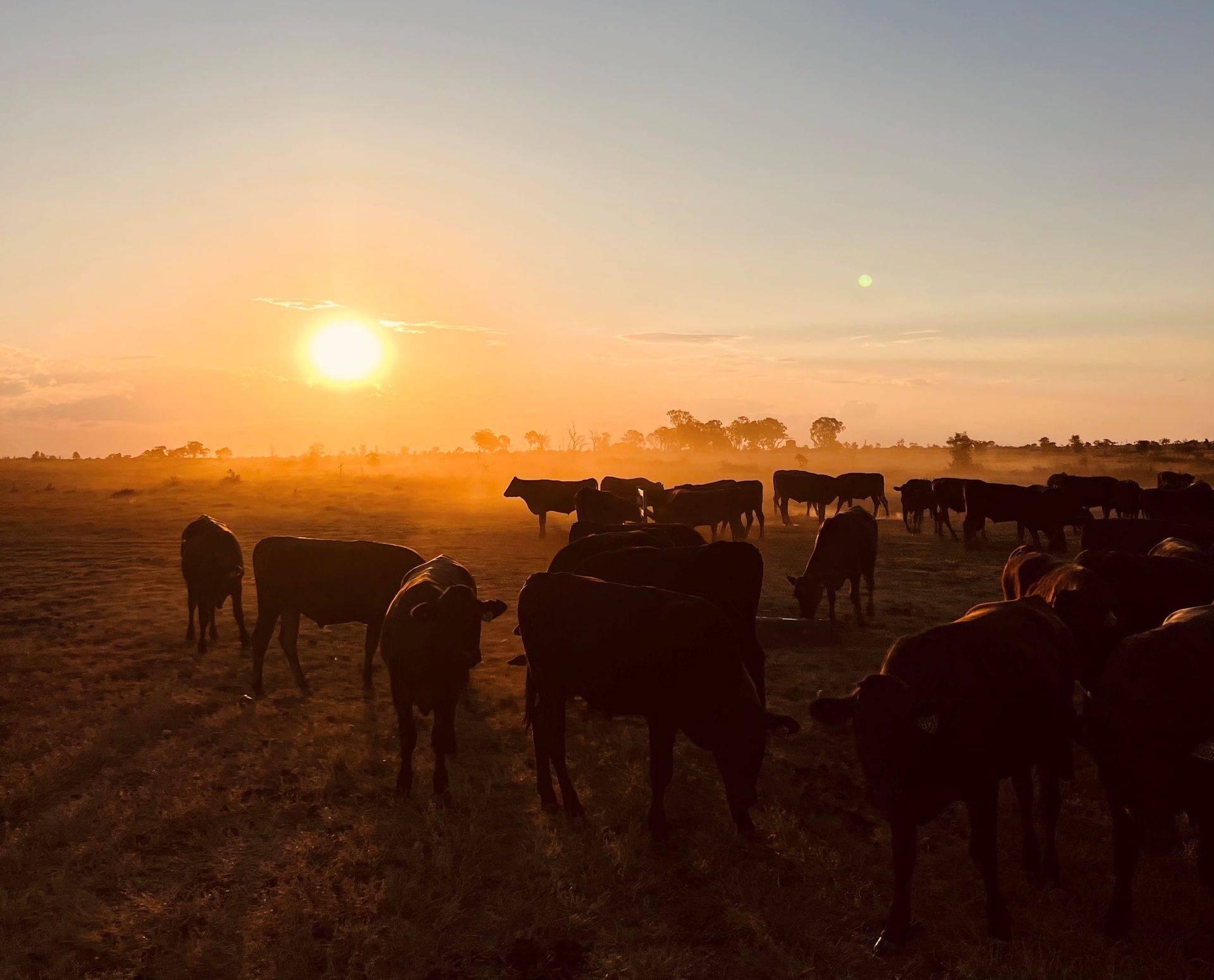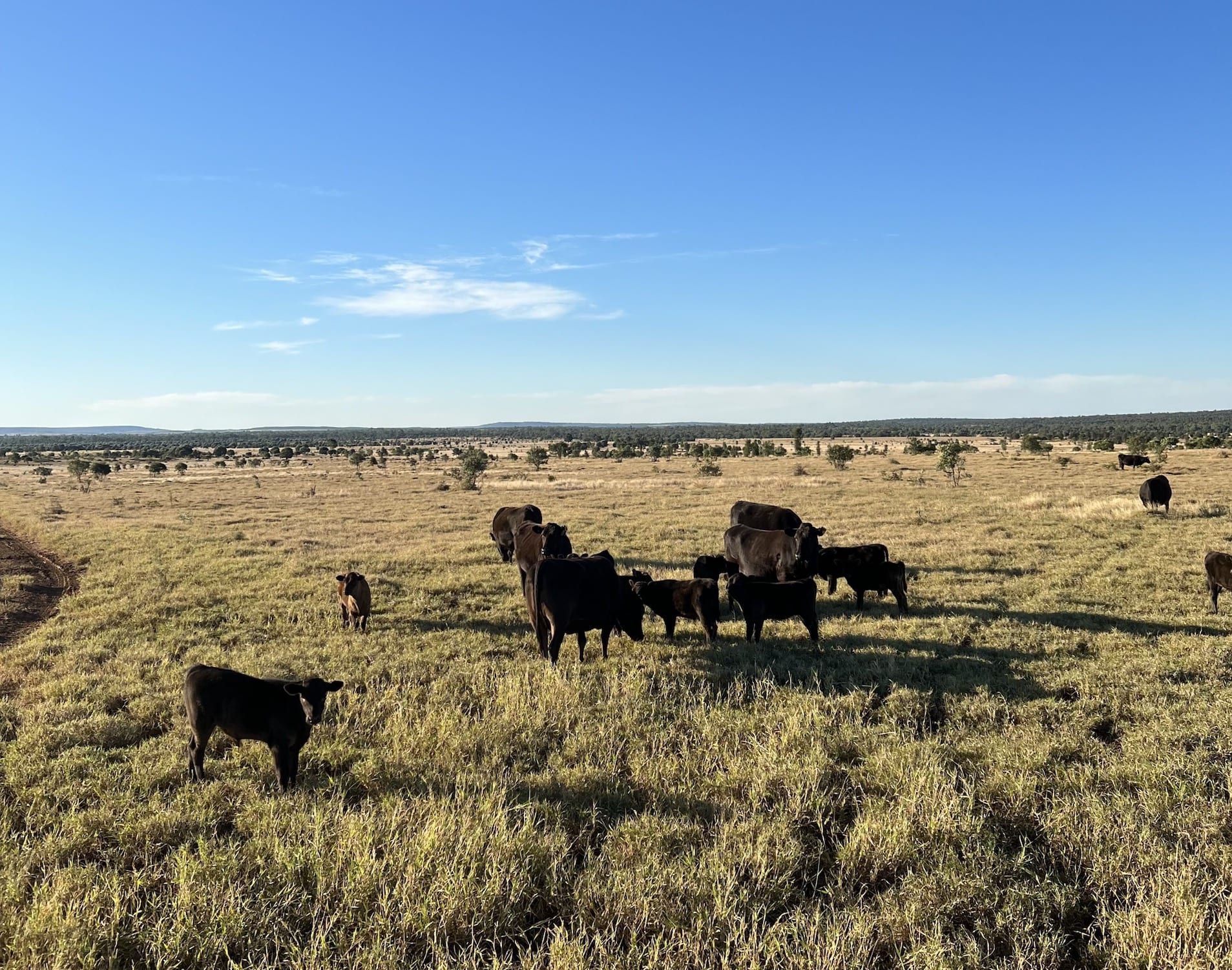Latest News
BAR H GRAZING
EST. 1991
What was your involvement in agriculture before breeding Wagyu? “I was bred into agriculture; my parents had a Santa Gertrudis herd west of Charleville – when we moved to Roma we started to cross the females to Charolais sires to give them some hybrid vigour – we had an incredible result. We then decided to go into a purebred and Full French Charolais stud. This began my passion for artificial breeding, pedigrees, stud analysis and all those sorts of things. I met Gary when I was 16 and the Chiconi’s were predominantly Angus producers. We got married and I started delving into Angus seed stock production.” “All the breeds have got their position in the wheel – breeding for seed stock in the Charolais was interesting because it showed me that regardless of the animal you’re breeding it still has to have structural integrity. It’s a big thing to breed for type and to try and correct any structural issues in animals, you can hide a lot of issues with feed. I have been to a lot of shows where I see a fantastic sire, but you take 100kg off and you will find a flaw in that animal’s conformation very quickly. I was very lucky to be bought up in that seed stock world and to learn & understand the finer points of animal husbandry and structural correctness.” Why did you make the move and get into Wagyu? “It was not my decision – Noel and Jo-Anne came home from a beef week, Takeda San was speaking about Wagyu and they decided to start dabbling in F1 production – my first thought was ‘they are so ugly’, and I wasn’t an overly big advocate for it at the time as we were just starting to make big strides in the angus world. I didn’t have much to do with the change in direction at the start. We bought our first fullblood bulls off Wally Rea in 2014 and by the time we went to the Albury Conference in 2017 I still hadn’t tasted wagyu. I distinctly remember Mayura won the beef competition that year, and when the platters came out, we ended up with the Mayura winner first up. As I went and got my cube, thinking at the time, “meat is meat, surely it can’t be that much better…” and I remember Noel stopping me just before I ate it and said, ‘I want you to remember this moment because you are about to have a life changing experience”, and he was right, I will never forget that – as soon as I put it in my mouth, it was like a beef malteser, it just melted. It was a flavour I had never experienced before and that was a moment that completely changed my life, and it will be with me until my death bed. That is the romantic notion of what drives our love of wagyu, but I suppose the more realistic reason for getting into Wagyu was also just simple math. Noel has always said to us that “you have to do the best you can by your little piece of dirt”, and that means always keeping the blinkers off. Whatever breed you’re into, always remember to keep an open mind and if doing what is right by your piece of dirt, means change your breed, then do it.” What has been your favourite thing about breeding Wagyu? And what keeps you going? “Eating them mainly. “But more to the point I live and breathe it, you give me a catalogue and I am out of action for 2 or 3 days – I don’t know how many times I have been locked out of the AWA for searching up too many animals too quickly. In the beginning, whatever video or paper I could find, I would just devour it and learn as much as I can. We have bought Wagyu from many wonderful people over the years, and they have become my mentors. It’s been hundreds of hours on the phone, just talking constantly. I don’t want to be that annoying person all the time, but those quick questions always turn out to be about 2 hours long because I think about another 10 things to ask in that time.” “Joining the donor cows is one of my favourite things – making some of the most expensive and important decisions gives me such a rush- and when that animal comes to fruition, it gives me a lot of satisfaction. The data we get back on them fascinates me, seeing how the phenotypes correlate to the pedigree and the carcass data, seeing whether it matches later - if it’s good, if it’s bad or indifferent, it is just such so interesting to me. I remember a story about a wagyu producer being heckled at the Ekka, teasing him about why there weren’t wagyu in the show ring, and as he gestured across the grounds, he said, ‘it’s all totally irrelevant, the beef industry is about eating it not looking at it’. And the thing about Wagyu is the data is all right there for you to make those breeding decisions. I certainly find them very attractive animals to look at now, the phenotype of Wagyu has changed a lot in the last 5 years, and I do think people are starting to take more notice of the structural integrity of the animal. You can still always see a Tajima - they will always have a bit of a kink in the tail, but there’s nothing wrong with them because once they’ve got their shirts off, you don’t know what they looked like on the ground. I love to breed something that is next level, and that’s what Wagyu is – it’s just next level to anything else in terms of eating quality.” What has been the most challenging part of breeding Wagyu? “Not breeding it as such, they are very fertile animals, however we have found it rather difficult to have successful ET programs – it is the hardest part of it coming from Charolais where we would be disappointed if they didn’t flush 16-18 fertilised embryos. There are many possible reasons why Wagyu biologically don’t. However, I think the most challenging and frustrating thing industry wise is probably the supply chain – particularly with restaurants and butcher shops using the exclusivity of the name Wagyu to sell inferior products. I have had many arguments with them, to the point I have been told by a butcher that an F1 is a FB – and this comes from an education standpoint. There needs to be a lot more education about Wagyu to consumers or retailers. If a consumer thinks they’ve had Wagyu and they say ‘it’s not all it's cracked up to be’, I say than you definitely haven’t had it, because once you have you will certainly know whether it’s Wagyu or not. “I am a big advocate for that – it shouldn’t be paddock to plate – it should be palate to paddock. Because we don’t know what the consumer wants, do they want MS 9’s or 7’s? What is the western world chasing in their experience and eating quality. We are constantly striving for more marbling and eye muscle, but the majority of the western world is saying 9 is to rich - there is a lot of education that needs to be done there. “That’s a big challenge in Wagyu and how it’s prepared. We also need to know and understand that as producers if we need to change our breeding program to suit the consumer, it’s going to take years to do that. Which I suppose is challenging to – because when you breed for carcasses it’s a different ball game to when you breed for phenotype and seedstock production.” What’s some advice you would give to your 10-year ago self? “Get into Wagyu sooner”. “We all second guess ourselves, that is one of my worst traits. But if I were to talk to my 24-year-old self, I would say back yourself, trust the process, and it is all going to work out if you have confidence and find the right people. “Always trust your gut because your head and your heart can tell you funny things, but your gut is always telling you the truth. All my mentors give me different advice, but at the end of the day it all comes back to being able to trust yourself.”
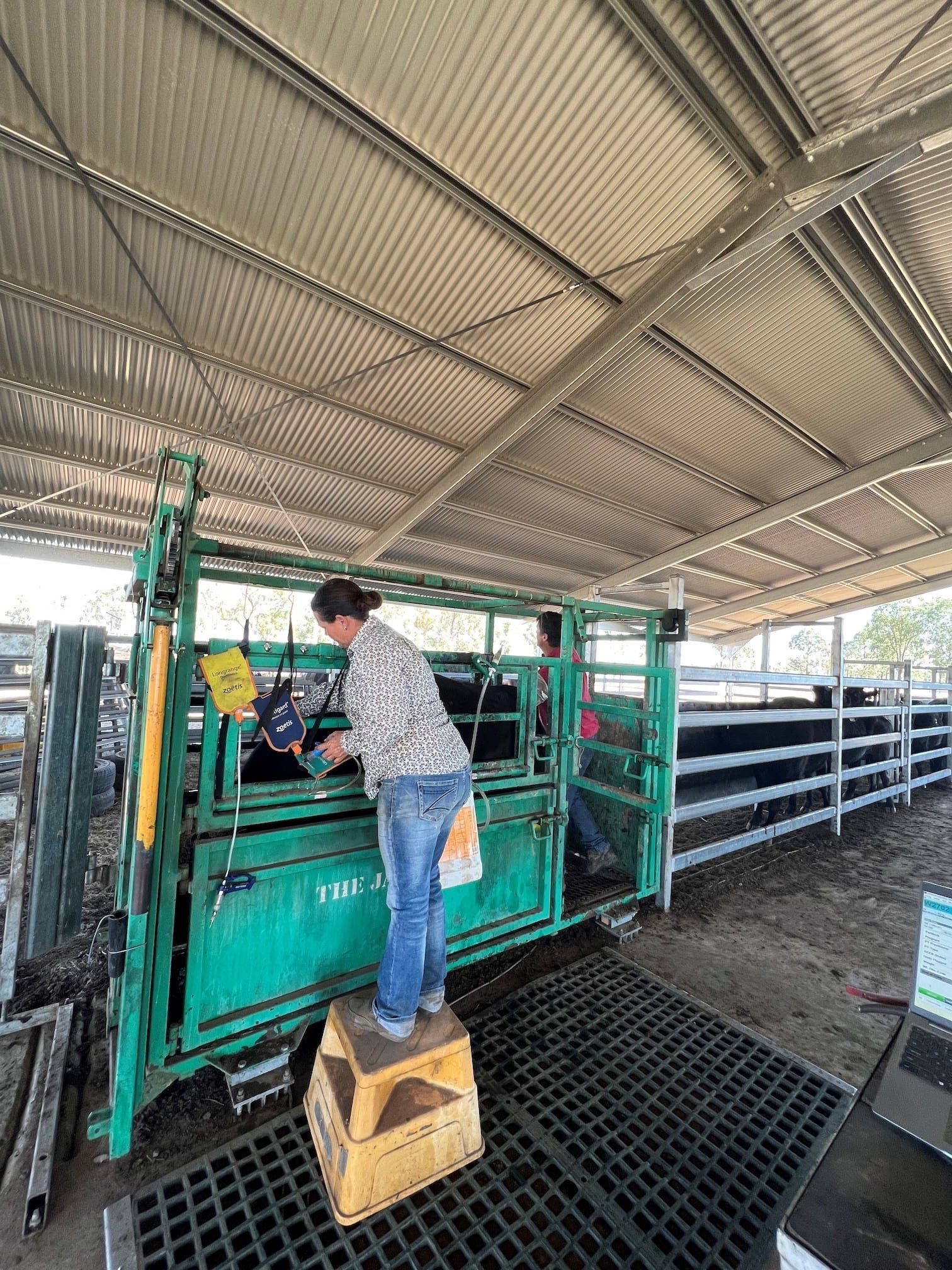
"Prevention is better than cure" is something we often hear and readily understand. But what do you know about the health threats your herd is facing and what it’s costing your business? Let’s use Pestigard as an example, being the most expensive vaccination on the market. Pestivirus as MLA states; causes abortion, ill-thrift in young animals, diarrhoea and respiratory disease. It is also known as bovine viral diarrhoea virus (BVDV). How much does it cost to vaccinate an animal against this disease and is it worth it? Suppose that a 250 ml bottle of Pestigard from an online retailer is $889.99, that’s 125 doses at $7/dose. Now let’s follow a Pesti plan for a breeder over her lifetime; Assuming she’s around for 12 years She will receive two initial doses Plus, an annual booster each year following Over her lifetime she will receive 13 Pestigard doses at a total cost of $91 (in Pesti). Hopefully, she sports you 11 calves over this time period – one of which was a steer; He sells as a 420kg feeder Market at the time is 300c/kg liveweight That’s a gross profit of $1,260.00 Just one of her offspring has well and truly covered her vaccination cost. On the other hand, imagine if this animal were to have fallen ill to Pesti, aborted in her third year of calving, and culled consequently. The loss of this calf instantly loses that market value, however more importantly, the sale of the cow can negatively impact your cash flow and herd growth for up to seven years. Not accounting for the loss of time feeding and supporting that cow whilst she was conceiving or pregnant with that fetus. Or perhaps she contracted the disease with a calf at foot, what are the ramifications of her lost milk performance? That calf won’t receive its best possible 250-day start, leading to a slow maturing animal that is going to cost more to the producer in time and feed. There are two ways to look at this. Sacrifice the financial gain from one animal (to pay for vaccination costs) or sacrifice an animal that can possibly give you 10 animals. There are a lot of things to consider when deciding on a vaccination and treatment plan for your herd, but at the end of the day the biggest question is, can you afford not to? In addition; There are industry guides available that play a very practical role in helping producers understand what their cattle require. Immune Ready Guidelines are a useful tool for both vendors and purchasers. It provides access to animal’s vaccination status and their treatment requirements following their purchase. It also allows the vendor to be recognized for producing healthy cattle. Follow the link to learn more; Introduction - Immune Ready References https://www.mla.com.au
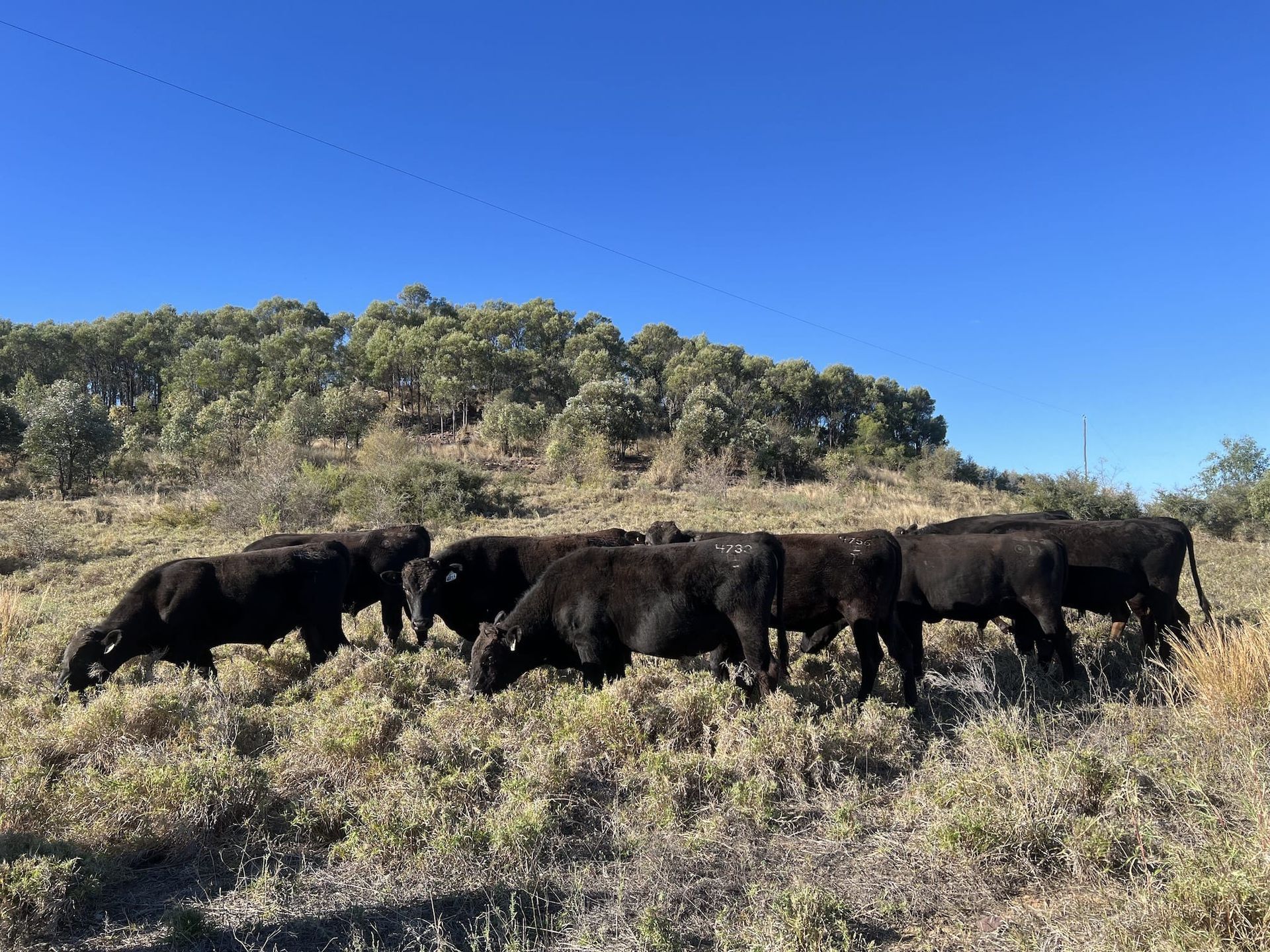
Selecting bulls for a natural join starts with knowing your bulls. Young, old, dominant, timid, high or low libido. This will heavily influence the efficiencies of your natural join. Having two 65-day joins a year at Bar H, we recycle plenty of bulls in and out of each season. We have found a list of things to consider when selecting bulls for our natural join. To start we put together the list of paddocks we need to join. Group your females based upon their performance, genetic conditions, wagyu content, terminal, replacement, young or old. Know the number of females in each paddock. Know the area of each paddock. Know how many and what type of water points are in each paddock. Know your paddock’s landscape; flat, hilly, creeks, or timbered. Know your soil type in each paddock. Know your future paddock movements on wet females so you keep your joining mobs together until wean. Rate your bull’s morphology. Know your bull’s previous conception rates, you would be amazed how high some bulls achieve. Birthweight status is a must when joining maiden heifers. From this, we can decide how many and what bulls are required in each paddock. Data performance decides on the terminal or replacement option. Genetic conditions are a focus but not a major influence on the mob’s makeup. Wagyu content allows us to select between marbling and milk. Age is only critical for culling on old age or first calves - you can wean earlier. Dams and troughs are treated differently, trough allows dominant bulls control. Wagyu are very visual animals; open flat country allows for fewer bulls than timbered hilled paddocks. Soil type is mainly for the nutritional values of the grass throughout the joining period. Keeping the joining groups together reduces miss mothering, very important to care for the live calf while reproducing the next generation. High morphology ratings select single sire or multi-sire joins. Some bulls just get more calves than others, it’s good to know if a bull was low last join so you can try a different group next time. To give your first calvers the nicest experience giving birth for the first time, know your low birthweight bulls. Based upon all the relevant information, we rank the bulls and draw them to which paddock they would most appropriately fit. Once we have them in the yards, before we send them out to their chosen paddock, we make sure those bulls are comfortable with each other in the yard. We record their behaviour among each other, just in case a bull comes back with alarming conception rates, we already understand how they perform together. “You can have too many bulls in 1 paddock, but you can’t have to much bull power in 1 paddock”.

PAPFH1144 was purchased by Bar H Grazing from Trelinga’s David Peak as a twelve-month-old weaner bull at the end of 2013. He was purchased for his genetic makeup – a heavy maternal cow base being 40/1, over Haruki 2, over Kikuhana – all of that complemented by TF148 who consistently allows his females foundations to perform, the way they’re meant to.
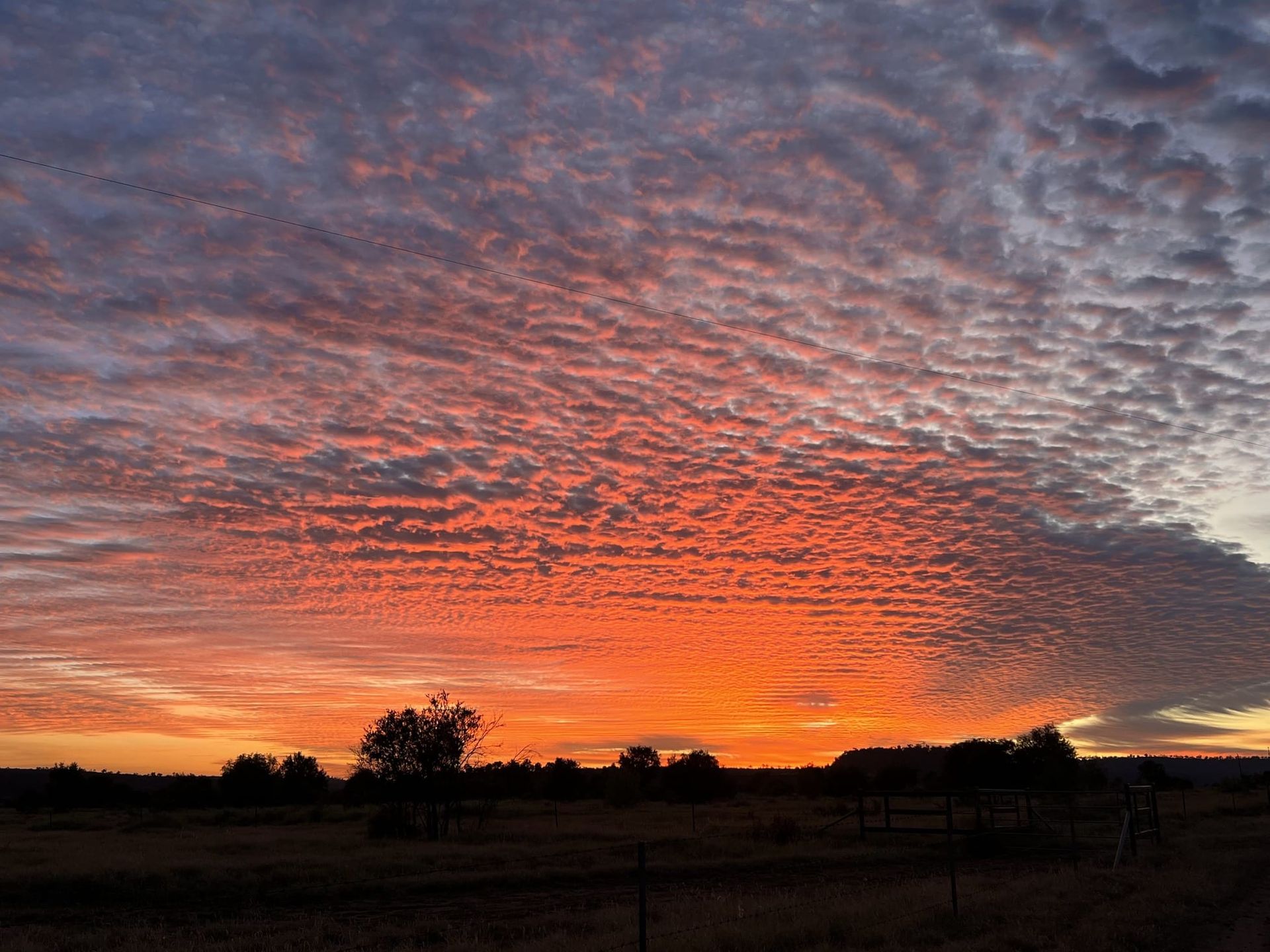
In a world where monetary value is significantly weighted as the key indicator of success, it can sometimes become difficult to remind ourselves that progress comes before value. It is important for us as cattle producers, businesspeople, as well as parents and friends to learn how to measure key indicators of progress.
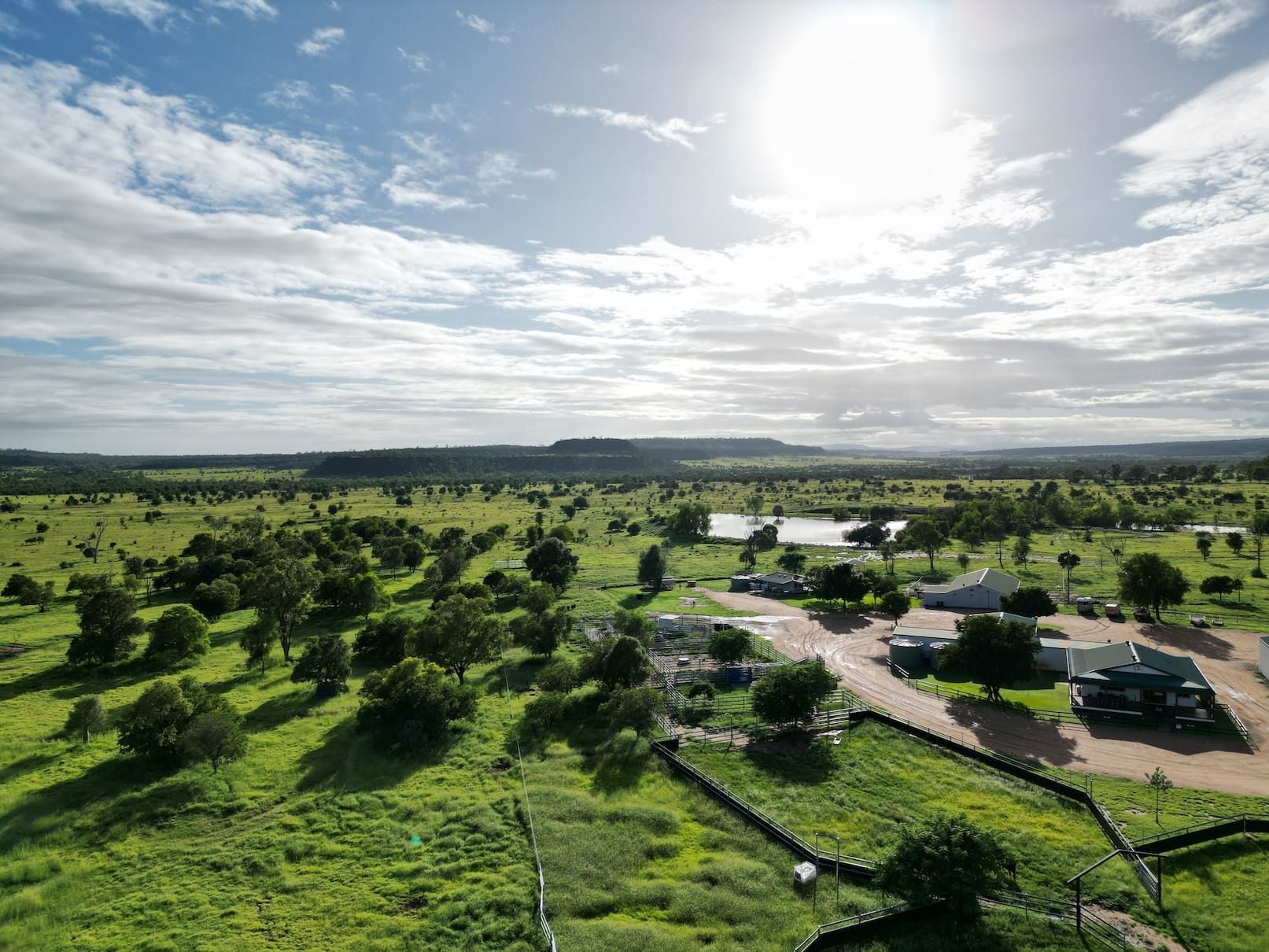
2022 at Bar H Grazing was a significant year for the team and business. It saw the crew move from strength to strength and focus on establishing a strong foundation for years to follow. It was a year dedicated to the future of the business – seeing multiple projects that have been in the pipeline come to fruition and pave the way forward for years to follow.

